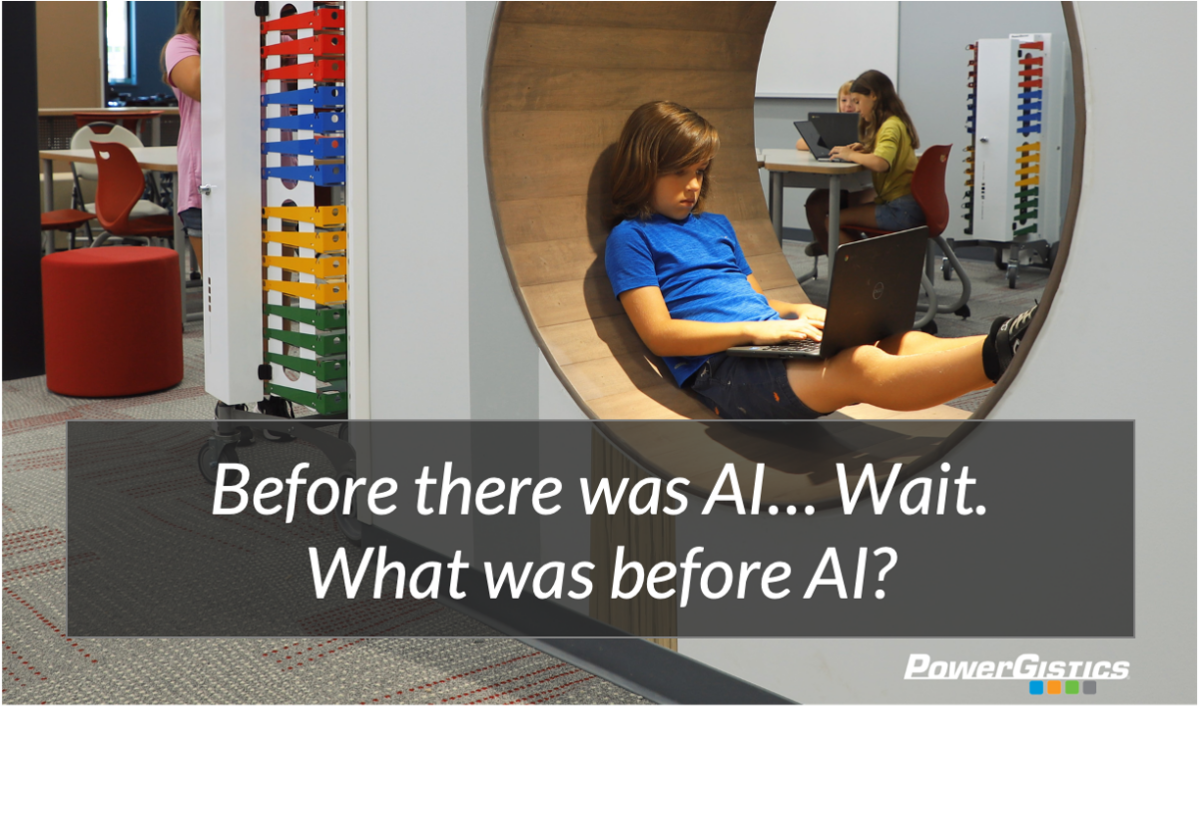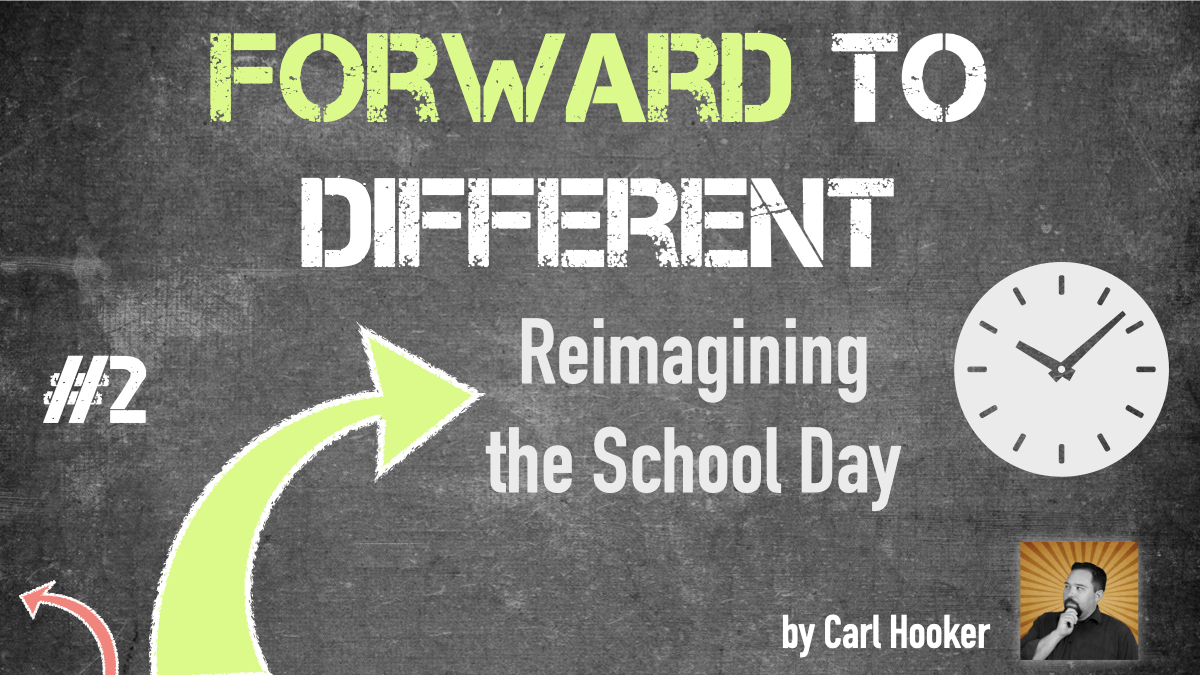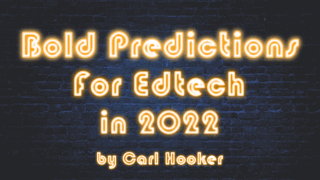Four Quick Fixes for Increased Engagement in Secondary History Classrooms

In today’s world, one can argue that hi犀利士
story is the most important subject area for the 21st century student to master. That’s easy for me to say and defend- I’ve taught and supervised history courses in New Jersey high schools for nearly two decades. I have a natural interest in learning more about these time periods, as do most other history teachers. However, that cannot be said for many high school students who are- quite literally- forced to sit through daily history instruction, which for many students may be the worst part of their school day. This reality saddens me and it is one that I am determined to reverse.
I quite often hear adults remark that they hated history when they were in high school, but love it as adults. The past practice of lecture-based teaching and rote memorization assessment helped create a bad experience for history students (cue images the interactions between Jeff Spicoli and Mr. Hand). But, gratefully, times have changed, and we are seeing a shift in the way history is taught and assessed. Much of that shift is due to the focus on increasing student engagement. Engagement may be the key to permanently moving history to thumbs-up status and for students to finally realize the benefit of the content. It is now widely accepted that increased engagement positively impacts student achievement. Programs such as Brown University’s Choices Program and Stanford History Education Group’s Reading Like a Historian aim to shift the content to a more hands-on, skills-based approach in order to better engage students. However, incorporating these programs into your existing curriculum could be time-consuming or costly. So, I aim to give you four ways to immediately increase engagement in your secondary history classrooms with the end goal of making history as interesting to students as it is to their teachers.
Quick Fix #1: Focus on the End Game
History gains new content by the minute, yet the school year is finite. With this reality, teachers must decide which content is most important for their students to master state standards and leave the class with essential knowledge. This is difficult for many history teachers who may feel constantly rushed or that they are doing a disservice to their students by leaving key figures or events out of their instruction. I ask teachers who struggle with abridging content to ask themselves this question: Is this piece of information critical to my students’ understanding of the overall topic? Imagine a lesson on battles as part of a unit on World War II. One teacher has his students independently fill out a chart listing twenty major battles of the war, their dates, locations, and victors during a 45-minute class period. Let’s compare it to another teacher who, in the same amount of class time, gives the students a completed chart of the seven most significant battles of WWII and asks the students to work in pairs to investigate why these battles are considered most significant to the war’s outcome and to rank the battles from most to least significant. A simple switch in instruction, where the breadth of content was decreased, changed engagement entirely. While the first lesson exposed students to the names of twenty World War II battles, the second lesson required students to investigate, dialogue, reason, and debate. The students in the latter teacher’s class undoubtedly experienced a more engaging, hands-on lesson.
To those teachers who are hesitant about abridging content, I urge you to try a different approach to content-heavy instruction. Decide what the most important details are- which details help meet your ultimate goal- and deliver them to the class, then offer students enrichment lessons. Post additional readings on your class website, hold an enrichment session after school for interested students, or keep a list of recommended readings on your classroom bulletin board.
Quick Fix #2: Facilitate Frequent Class Discussions
Using discussion as a method of instruction and assessment is an efficient use of class time. Discussions are a great way to engage students with content, assess for understanding, and improve speaking and listening skills. To use discussion as a method of instruction, give the students a reading, a set of documents, or short video to examine along with focus questions before the discussion begins. Student preparation around these focus questions is an important part of facilitating an effective class discussion.
To those worried about students slacking off, dominating the discussion time, or the discussion going off-topic in a negative way, set rules and review them with the students before opening the discussion. Using a rubric, frequently reviewing rules for discussion, and using facilitation techniques will keep the discussion on track. Some teachers also find success in setting up small group discussions before facilitating a whole-class discussion. Just like most things in life, discussions will get better with practice. Your students will become more comfortable expressing their ideas and you will find it easier to facilitate discussion as they become a regular part of the class.
Quick Fix #3: Incorporate Social-Emotional Learning into Lessons through Primary Source Analysis
A great way to study the past and engage with the content while developing social-emotional skills is to examine primary sources. Primary sources give students firsthand accounts of the time period they are studying and help students to contextualize the events of the era. They help students realize that history is not just a story about the past, but that it is filled with real people who had feelings, dreams, and setbacks just like them. Primary sources help take these figures out of the history books and make them come alive while also helping students gain a sense of empathy for those figures of the past.
What is more engaging for students learning about the Civil Rights Movement: reading pages from a textbook about the movement, or studying firsthand accounts from the people who actually lived through the movement paired with photographs from the era? Examining the photograph of Elizabeth Eckford integrating Central High School while Hazel Bryan scream at her and reading Elizabeth’s account of that day is a powerful teaching tool. Photographs are simple primary source with the ability to spark questions about the era, as well as about human behavior; students can contemplate not only “what” is happening in this picture, but “why” it is happening. Asking students to imagine how those teenagers pictured felt the moment that photograph was taken evokes not only a potent history lesson, but also a powerful life lesson. The goal of developing students’ social-emotional skills, in this case their sense of historical empathy, is to transfer that empathy to their everyday lives.
Quick Fix #4: Connect the Past with the Present
Just when you thought you could pare down your lesson on Populism, the 2016 Presidential Election happened! We all know the adage “history repeats itself,” and what a great time to bring this phrase into our classrooms. Ask students to decide if this phrase is, in fact, true by comparing current events with events of the past. This is a great technique to pair with the three previously suggested strategies. Craft a question that aligns with your end game, have students prepare their answer to the question using primary source evidence (provided by you or researched by the students themselves) from the past and present, and facilitate a class discussion where students discuss their findings. Connecting the past with the present helps students realize that history is alive.
Teachers should feel empowered to take these suggestions and tailor them to fit their students’ needs. For educators who are hesitant about changing their instruction, I advise you to start small. Try one strategy and see how it works, and do not hesitate to ask your students or a colleague for feedback.
You have about 180 tries to get it right!
Recommended1 recommendationsPublished in Curriculum and Instruction, Leadership Voices, Social and Emotional Learning






Responses